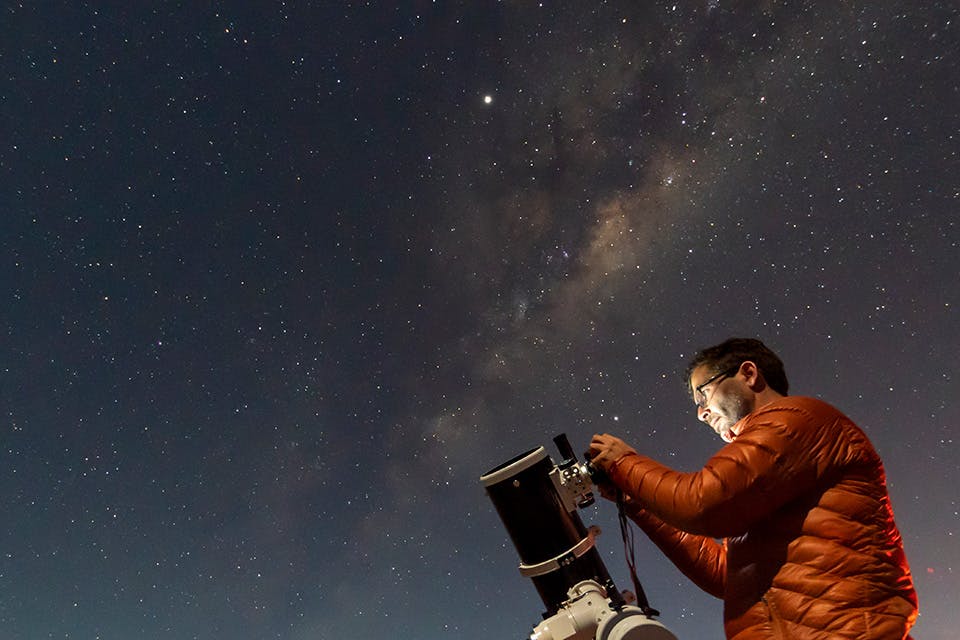Travel
4 Essential Stargazing Tools for Beginners
Taking in the night sky doesn’t have to involve an out-of-this-world investment. If you want to get into this stellar pursuit, here is what you need to get you started.
Related Articles

7 Outdoor Adventures in West Virginia
The Mountain State is home to beautiful outdoor destinations, whether you’re looking to hit the trails, get some stargazing in or embrace adventures ranging from rail biking to bungee jumping. READ MORE >>

12 Hikes to Work Off Thanksgiving Dinner
You’ve indulged, now you need to move. These guided hikes scheduled for the long Thanksgiving weekend are a perfect way to help offset your Turkey Day gluttony. READ MORE >>

Ohio State Parks for Fall Hikes
Get up close and personal with fall leaves, one step at a time. These four state parks have colorful jaunts for hikers of every skill level. READ MORE >>



